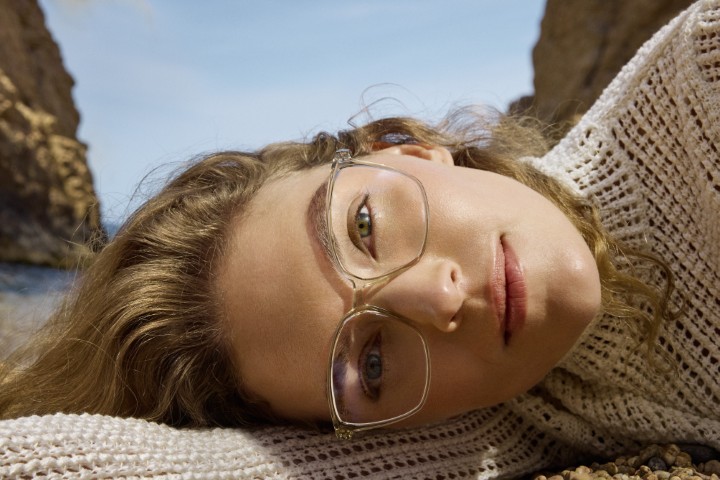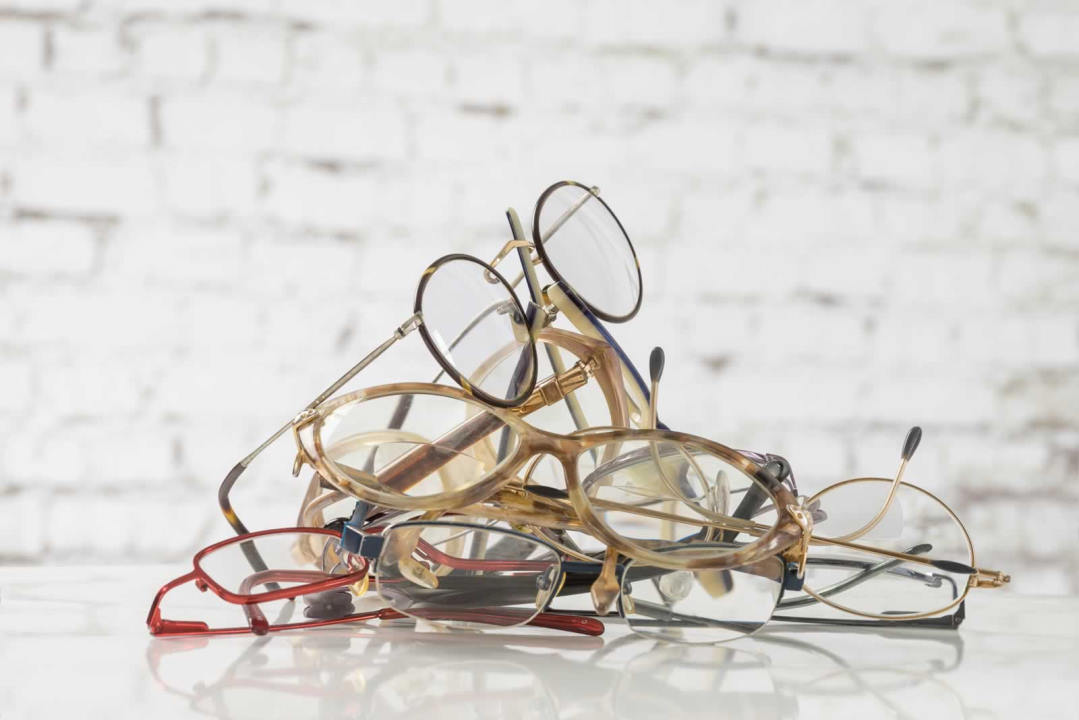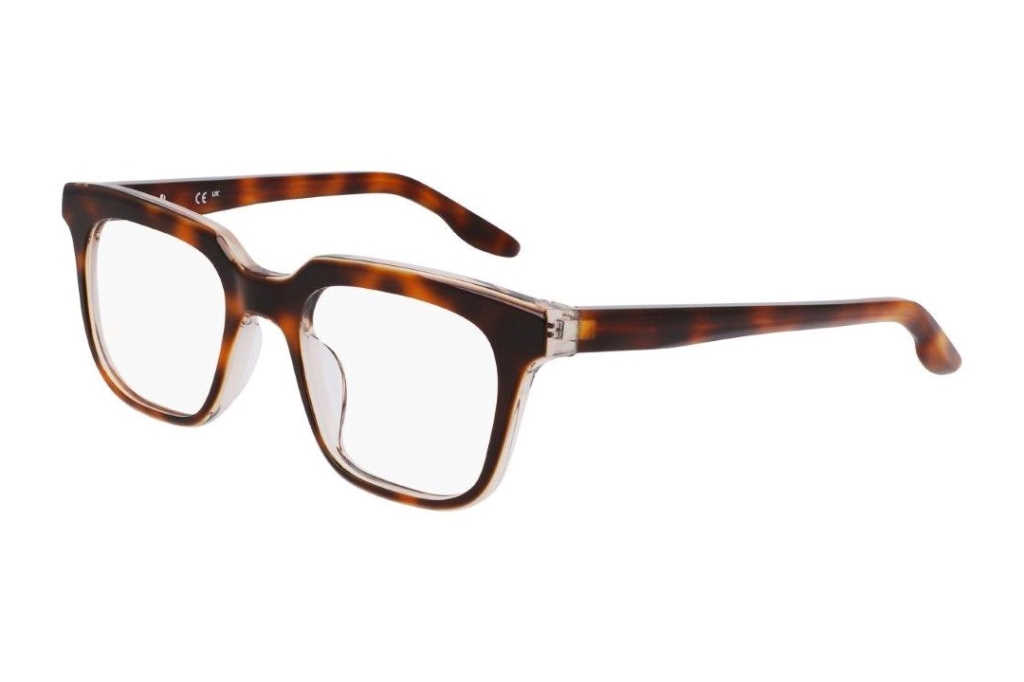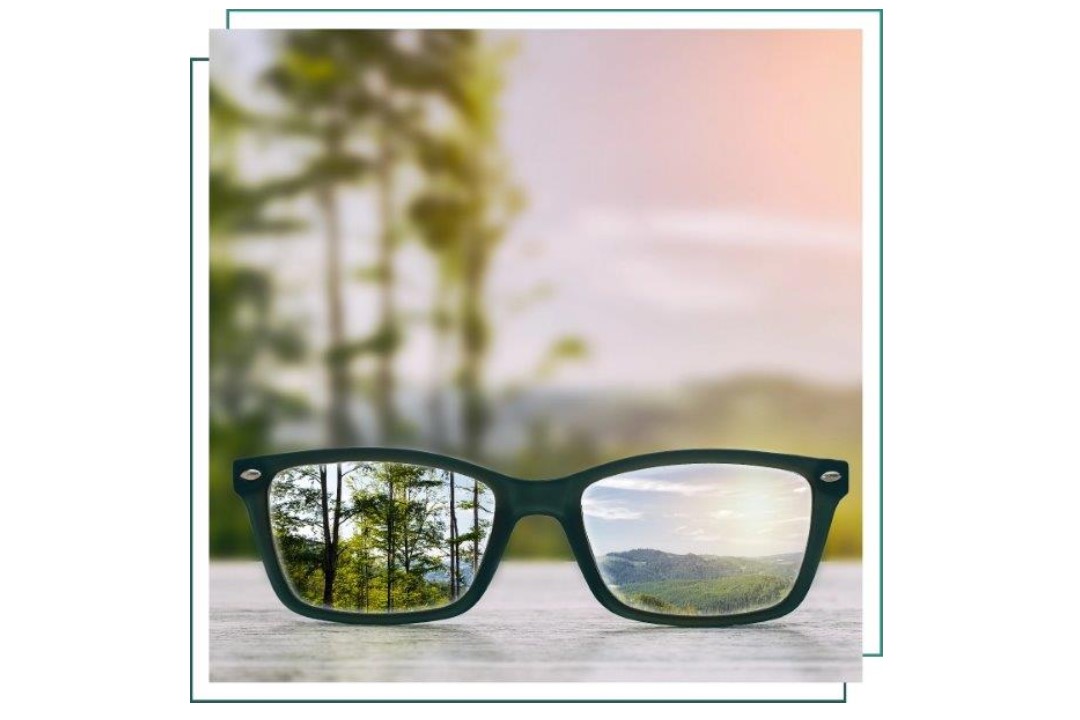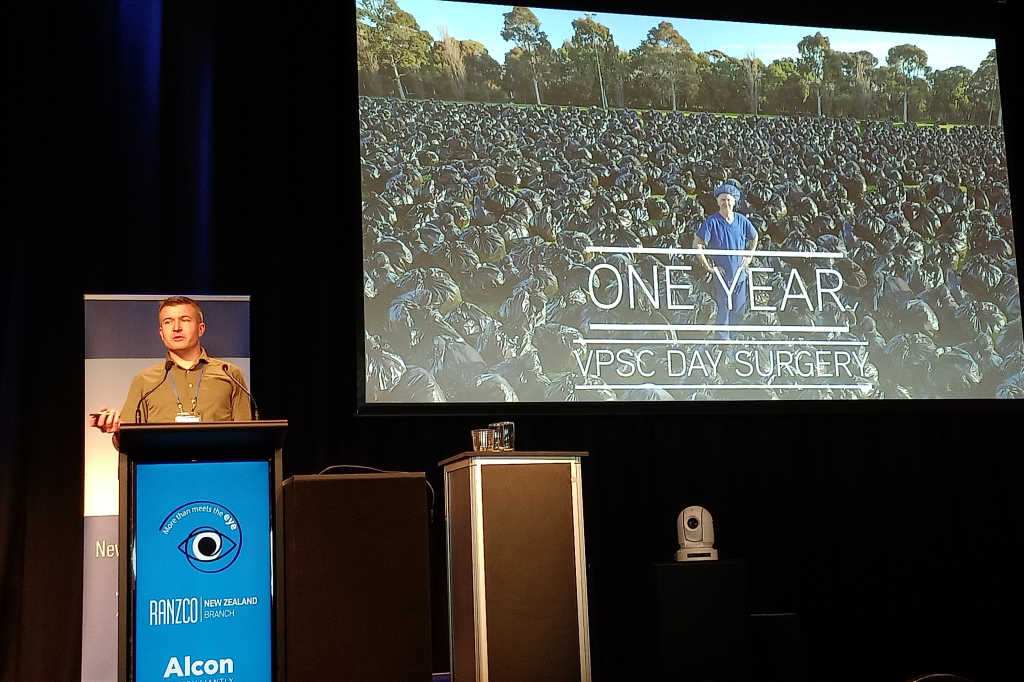The future of sustainable eyewear
The desire to make a positive impact on the planet and reduce our carbon footprint is more widespread than ever before. We may switch our plastic food storage containers for glass ones, purchase an electric vehicle instead of a gas-guzzling car and even start composting our food waste, but sustainable eyewear is still under the radar for many of us.
Some in the industry have made forward-thinking optical design their life’s work and this area’s growth is justifying that effort. So what qualifies as a sustainable frame, who’s making a difference within this niche and how can your practice integrate this eco-friendly option in a way that helps bolster sales?
The idea of sustainable eyewear sounds straightforward – manufacturers source recycled or sustainable materials and use industry-standard techniques to create frames. For the most part, sustainable eyewear is crafted from non-virgin materials, such as recycled plastic, reclaimed wood, recycled aluminium, or cellulose acetate (plastic made from cotton and wood fibres). Depending on the raw material used, some design houses opt for more unique manufacturing methods while others stick to more traditional methods, but each poses its own challenges compared with making traditional frames.
Cash or carbon?
Sustainable eyewear doesn’t yet have mass-market appeal, since major global manufacturers aren’t offering many such frames as part of their core collections. So while an eco-friendly frame may make an appearance within a special collection, the idea hasn’t been embraced by most brands wholeheartedly. If it’s so great for the planet, why isn’t it commonplace?
As with any business, the reason for shying away from sustainability comes down to cost. Ali Rose VanOverbeke, founder and CEO of sustainable frames company Genusee, said, “Most large corporations don’t use recycled materials because they often cost more than virgin materials. So more traditional business models that put profit before planet choose the cheaper option.” Her company, based in Flint, Michigan, uses recycled water bottles to create frames, while offering jobs to an economically hurting part of the US.
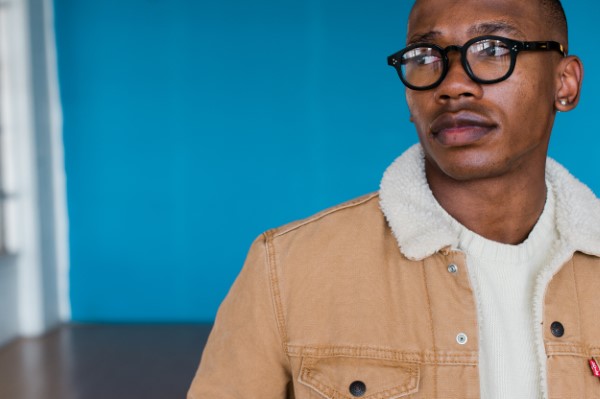
Genusee's recycled frames
Exploring a new niche
Patients are often attracted to buzzwords such as ‘eco-friendly’ or ‘naturally sourced’, yet many aren’t aware of the ins and outs of manufacturing such pieces. It seems that every eyewear brand has its own take on what sustainability means and the results vary widely between major distributors and local craftsmen.
Marchon introduced new eco-friendly materials last year in an effort to revolutionise this specific category. “In fall 2020, we announced that we would be the first eyewear company to produce and sell frames using Eastman Acetate Renew, a fully sustainable material produced via Eastman’s innovative carbon renewal technology,” said Brad Saffin, managing director of Marchon ANZ.
Through Eastman’s innovative recycling technology, capable of recycling some of the most complex plastic waste, including non-polyester plastics and mixed plastics, the scrap from Marchon’s manufacturing can be diverted from landfills and used to produce new sustainable acetate for premium eyewear, said the company. “Typically, 80% of material used in sheet acetate frame production is scrap. Instead of being landfilled, the scrap will now be returned to Eastman and recycled into new material, creating a circular production process.”
Others have addressed packaging first, which is said to be easier than modifying frame manufacturing. “Most of our POS materials are printed or made locally to reduce carbon emissions from transportation,” said Angelina Chee, general manager for De Rigo Vision Australia. “De Rigo will also be transitioning to flat-packed cases to further reduce our carbon emissions.”
For smaller optical outfits it can be more difficult to mass produce sustainable frames. Dr Ezra Atikune, owner and managing optometrist of Optik PDX in Portland, Oregon, partnered with a local craftsman to design and sell his own sustainable line, Five Oh Three. Made from reclaimed wood, the frames brought challenges, he said. “The product is cool enough to sell, but we can’t keep up with (demand), so I don’t even bother because it’s more of a headache than anything else.”
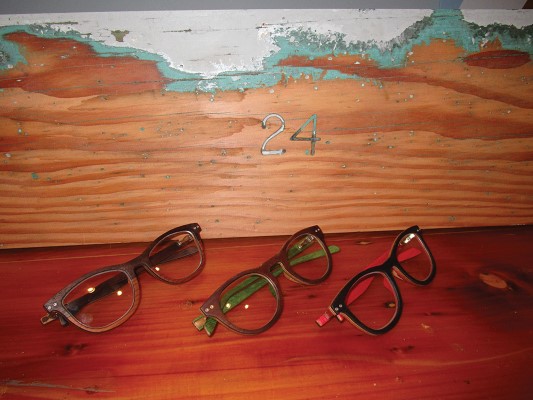
A selection of Five Oh Three frames
Selling sustainability
While a person’s prescription and budget are certainly factors in choosing a frame, connecting to a brand’s story is also important for many people, especially when it comes to choosing sustainable frames so they can understand how truly unique a piece of eyewear might be.
Founded in Spain by François van den Abeele, Sea2see Eyewear partnered with coastal communities in Ghana, paying them for their discarded ocean plastic, such as fishing nets and ropes. The brand was born out of the recycling story, van den Abeele said, “Consumers today are willing to do things differently, but they don’t know how.” This is where he believes it’s vital that opticians get behind sustainable brands’ stories to help the sales process.
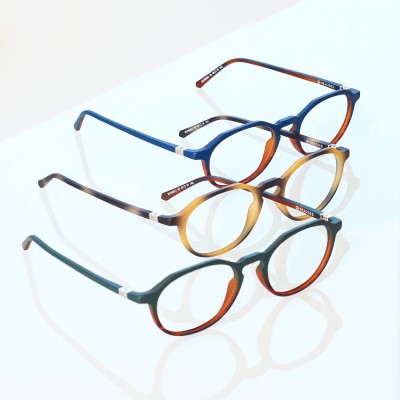
Sea2see's 2021 collection
But that can be a bit of a grey area because people define sustainability differently. Dixie Thompson, marketing director at wood, aluminium and recycled plastic frame company Proof Eyewear said, “In time, yes, all materials of the frame are biodegradable in each of our collections. The lenses are not 100% biodegradable but part of the compound of the lenses will break down.”
There are limits to sustainability claims, said Van den Abeele. “If it’s compostable but it will take 300 years to decompose, it’s not compostable.” So while some current sustainable frames can sit in your compost bin, they won’t necessarily marry with your customers’ idea of eco-friendly!
The future of green eyewear
Anyone who speaks with an eco-friendly frame manufacturer will see their obvious passion driving their way of thinking. While it’s noble to use recycled and reclaimed materials rather than create more waste, customers need to be equally invested for these companies to grow. Unfortunately, that doesn’t appear to be happening.
Despite designing Five Oh Three eyewear and even outfitting his practice with eco-friendly lighting, paint and carpet, Dr Atikune doesn’t see people sharing his love for sustainable eyewear and sustainable practises. “Patients aren’t asking for sustainable stuff. It’s been a while since I’ve heard anyone even discussing it.” The story seems to be the same the world over. Mangawhai Optometrists’ Craig Robertson said, “In 11 years as a DO, I can’t recall any patient requesting a frame from a sustainable resource. I’ve initiated that conversation occasionally, as I stocked a handful of frames over the years that were marketed as such. While patients were interested to note the source of the product once I’d mentioned it, it didn’t really sway their buying decision.”
Patients who are interested in sustainable eyewear are likely already seeking it out, so it’s down to the optician’s discretion if they want to convert traditional glasses wearers to eco-friendly frames. There are a handful of companies making waves in the sustainable eyewear world, but only time will tell if the wearers will come to value their conviction.

US-based Courtney Levin loves all things specs-related, having worked in the optical industry for more than 10 years before pursuing a freelance writing career.












